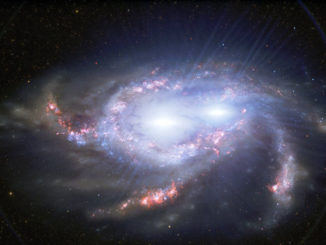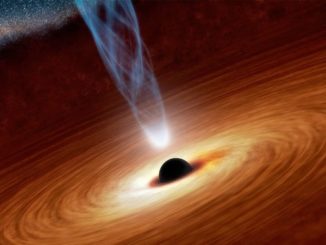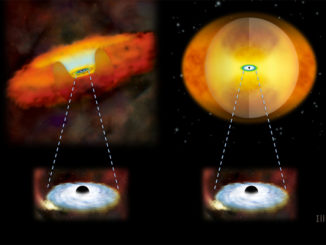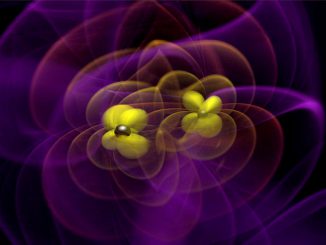
merging black holes

News

News

News

News
Gamma-ray space telescope poised to pin down gravitational wave sources
On 14 September 2015, gravitational waves produced by a pair of merging black holes gently rattled space-time in the vicinity of Earth. Less than half a second later, NASA’s Fermi Gamma-ray Space Telescope picked up a brief, weak burst of high-energy light consistent with the same part of the sky. Analysis of this burst suggests that the events are connected.
